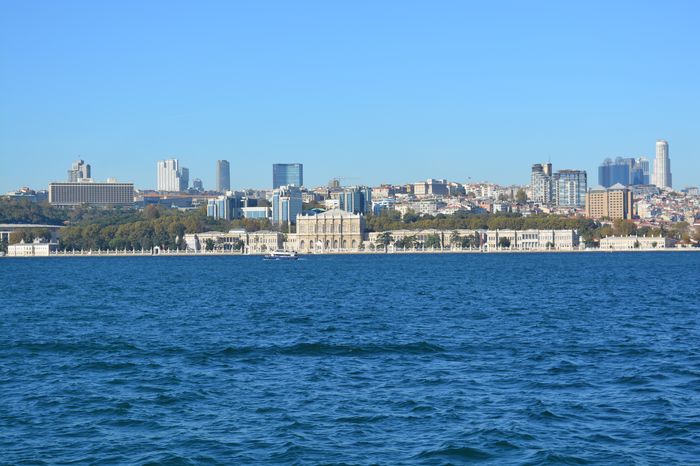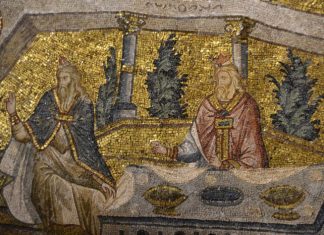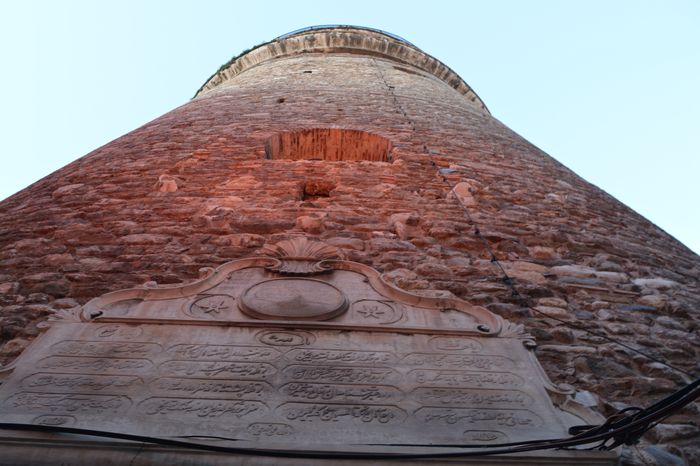The Gate of Charisius
The gate known today as Edirne Kapı, located between the eighth and ninth towers north of the Fifth Military Gate, was originally called the Gate of Charisius (Πύλη τοῦ Χαρισίου). The name appears in several different forms in historical texts. The first known mention of it comes from Peter the Magister, a writer from the time of Emperor Justinian (6th century) Sightseeing Tour Sofia.
Origin of the Name
According to the Anonymus of Ravenna, the gate was named after Charisius, a leader of the Blue Faction—one of the two major chariot racing teams and political groups in the Byzantine Empire—when the Theodosian Walls were built in the early 5th century.
Over time, some historians mistakenly thought that the Gate of Charisius referred to other gates:
Some identified it as the Gate of the Pempton, Others thought it was Eğri Kapı (a nearby entrance), However, both identifications have been proven incorrect.
Why Edirne Kapı Is the True Gate of Charisius
Several pieces of evidence confirm that Edirne Kapı is the true Gate of Charisius:
Geographical Clues:
According to historians Cananus and Critobulus, the Gate of Charisius was one of the two gates located north of the Lycus River—either the gate at the bottom of the northern bank or the one at the top.
However, other sources such as the Metrical Chronicle state that the Gate of Charisius was not beside the Lycus, so it could not be the lower gate. Therefore, the only remaining option is Edirne Kapı, which stands at the top of the hill on the northern bank.
Direct Route to the Holy Apostles:
The Gate of Charisius led directly to the Church of the Holy Apostles, an important imperial church and burial site in Constantinople.
When Emperor Justinian the Great returned to the city from the West, he entered through this gate instead of the more ceremonial Golden Gate, because he wanted to stop at the tomb of Empress Theodora, which was located at the Holy Apostles.
This route confirms that the Gate of Charisius was at the head of the main street leading to the church—just like Edirne Kapı.
Importance of the Gate
The Gate of Charisius (Edirne Kapı) played both a military and ceremonial role. It served as one of the northernmost gates in the Theodosian Walls, providing access to the heart of the city. It also had great importance during imperial processions and religious visits due to its proximity to sacred and imperial landmarks.
All historical, geographical, and textual evidence confirms that Edirne Kapı is the original Gate of Charisius. Its location at the summit of the Lycus valley, and its role as the main entrance to the district of the Holy Apostles, make it a significant part of Byzantine Constantinople’s topography and history.







